Radiator installations with a large number of sections often heat up unevenly. Faced with such a situation, you can install a coolant distributor or take other measures. If, in the absence of air locks and correct connection, some battery cells remain cold, you can install a flow extension for the radiator.
Purpose of the flow extension
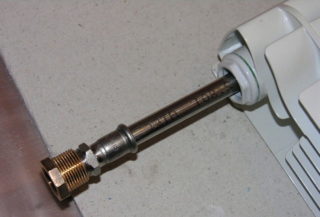
The part is used to change the direction of flow of the thermal medium, which allows the battery to heat up evenly without reconnecting. The duct extension is suitable for radiators connected from one of the sides. Often it is installed on a reverse connection, due to which the water moves diagonally.
Usually the part is used for long batteries (the number of cells is more than 10), since their design contributes to uneven heating. The further the section is from the pipe through which the water is supplied, the more likely it is to remain cold. The easiest way to fix this is to mount an extension cord. This will help make the circulation smooth and efficient. The device is suitable for bimetal batteries (with aluminum and steel components). It is rarely used for cast iron structures.
Pros and cons of using
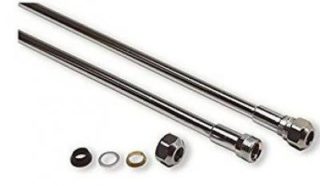
The main advantages of the device are ease of installation and increased efficiency of the heating system. To buy it or make it yourself, you will not need a serious investment. To install the device, it is enough to have basic locksmith skills. Productivity gains are achieved without adjusting the existing battery wiring.
The duct extension for a bimetallic radiator has certain restrictions on its use. It can be installed only on radiators connected one-sidedly from the right or left side. They must also be equipped with shut-off valves on the return and water supply side. If this is not the case, the fitting will fail. You will have to contact the wizard and reconnect, which is labor intensive.
Ready-made extension cords are quite rare in stores, but they are easy to make yourself or order via the Internet.
Extension cord features
The main components of a radiator flow extension are a small (0.5 ”or 0.75”) fitting and tubing attached to it. The latter can be made of different materials - stainless steel, copper, polyethylene or metal-plastic. Copper pipes cannot be used in conjunction with aluminum radiators and parts: when interacting, these metals are oxidized. The part mounted on the reverse connection changes the direction of movement of the coolant so that the maximum efficiency is achieved. This method will be effective for long radiators (0.8 m or more).
DIY extension cord
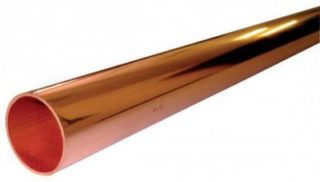
It is not difficult to make such a design yourself if you have all the required components and a suitable type of battery connection. The cranes through which the radiator is connected must be ball and equipped with American women. They need to be closed and the water drained. Then you can start installation work.
Procedure:
- On one of the lateral sides there is an upper case. It must be unscrewed together with the detachable fastening element mounted there. This must be done carefully so as not to damage the paint coating. Then it is advisable to replace the silicone round. It is possible to dismantle the heating battery completely, if it seems more convenient for work.
- Proceed directly to the assembly of the extension structure. The tube cut with a special tool will need to be soldered to the sleeve. First, it is cleaned from the inside from plaque and dirt with a brush. Soldering grease works well as a flux. With a small brush, it is applied on top of a part with a smaller diameter. Then one element is inserted into another and excess fat is wiped off. The joint begins to be heated with a burner until a silvery hue appears.
- After that, solder is applied to it. If the heating is done correctly, the solder softens from the high temperature, flows into the joint area and fills the space. When this happens, you need to wait at least a minute until the molten metal finally solidifies.
- An American woman with cleaned inner walls has a diameter of 1.9 cm. The clutch has a slightly larger diameter. You can use a small file to remove excess. You need to do this carefully so as not to damage the parts. For clogging, you can use wooden spacers.
- Sometimes you have to experiment with the length of the tube. Sometimes the length to the middle of the radiator is optimal, but it is preferable to start with a longer one. If necessary, the excess length can be cut off later.
The extension device is mounted in the hole and screwed. You also need to replace the gasket and the battery itself. To remove air masses from the system, a Mayevsky crane is used.
Required tools and materials
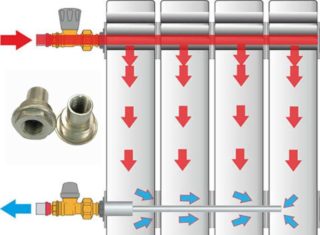
It is necessary to select a piece of pipe that will perform the function of elongation. The thickness of its walls should be at least 1 mm, and the section should be 1.8 cm. The length is taken approximately equal to the length of the heating battery itself. If necessary, it can be shortened in the future. It is important not to forget about the ban on the installation of copper elements in one structure with aluminum ones (including bimetallic radiators with parts made of this metal). Ignoring this rule is fraught with the destruction of all reacting parts of the system.
For installation, you will also need to prepare the following parts and tools:
- Straight soldering socket with an outer diameter of 2 cm.
- A pipe cutter that allows you to evenly cut a piece of an extension to the required length without deforming the metal. When working with this tool, the workpiece is kept at a right angle. When the trim is complete, the bumps can be removed with a brush.
- Beveller. With its help, burrs are eliminated in the places adjacent to the ends of the tube segment.
- Metal brush and stiff brush.
- Pipe expansion device.
- Solder.
- Soldering torch. A simple device of small dimensions will do; you can fill it with gas used for lighters.
The silicone gasket installed in the connection should also be replaced with a fresh one.
Popular manufacturers
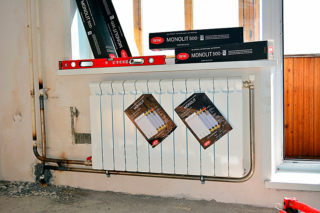
Well known flow extenders for bimetal batteries are from Valtec. This Russian-Italian company produces products for uniform heating of multi-section radiators. Fittings are made of brass and nickel plated. They have an external thread of 1 inch and a branch pipe designed to connect to a pipe of 1.6 or 1.8 mm. In the catalog there are small-sized options in 0.5 and 0.75 inches. Parts with right-hand and left-hand threads are produced.
The domestic company Rifar mainly produces sectional radiators made of bimetal and aluminum. Suitable extension cords are available for different battery models. Most are 0.75 inches in size.
The lengthening of the flow will be an excellent solution in a situation where the sections of the convector far from the supply remain unheated. The device has a low price and is easy to make at home. Suitable for sectional radiators with a length of more than 0.8 m and connected on the right or left side. When buying or making it yourself, you need to pay attention to the compatibility of parts made of different metals.

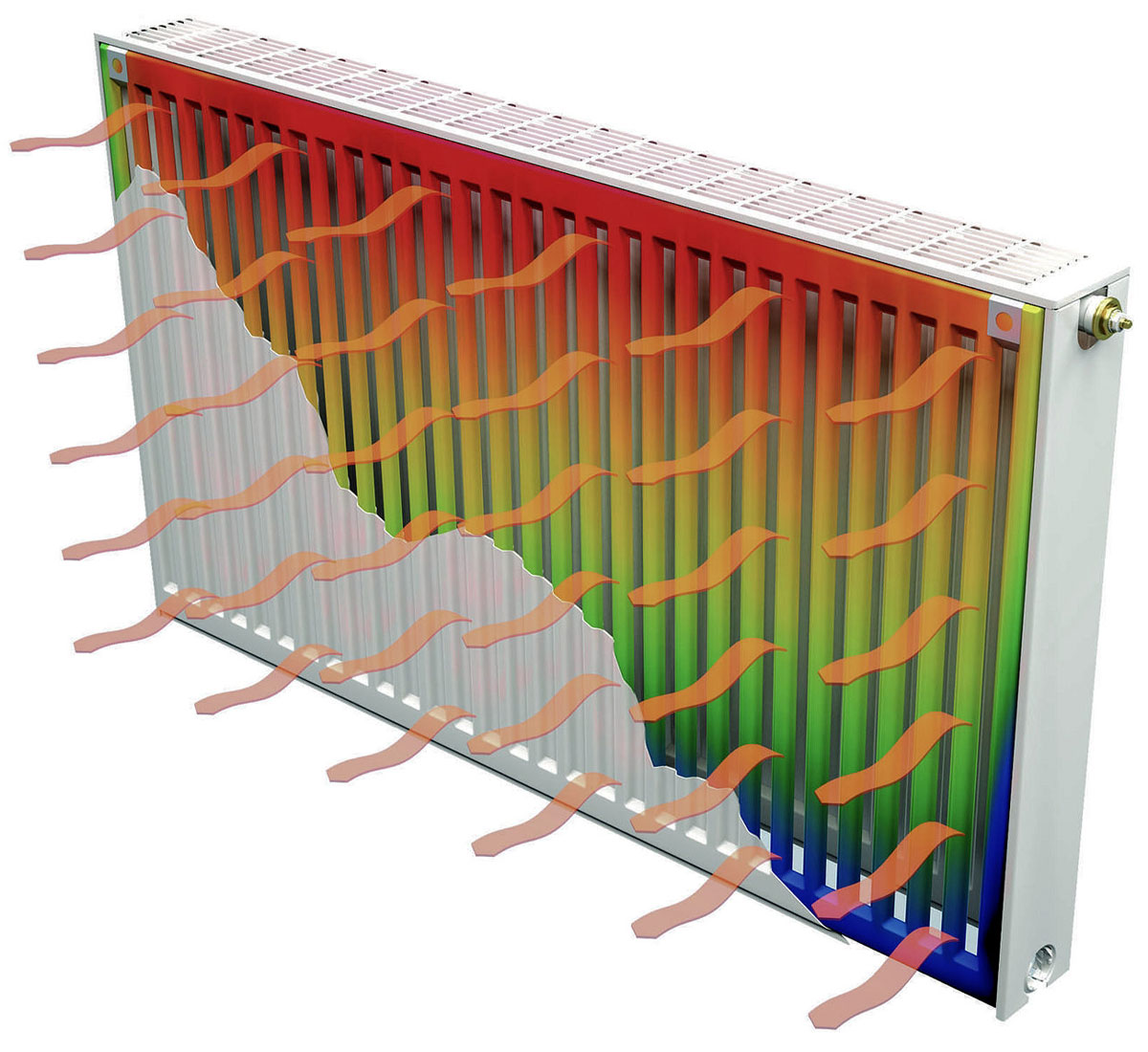
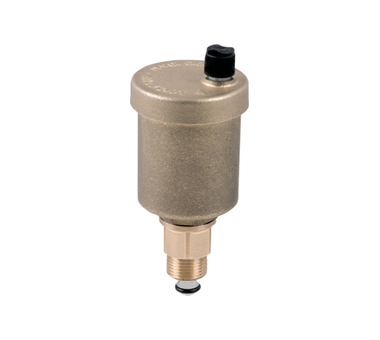
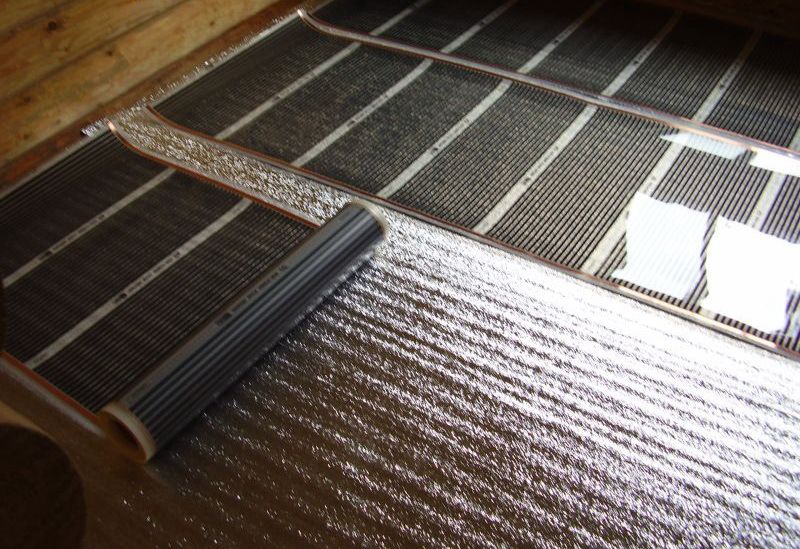
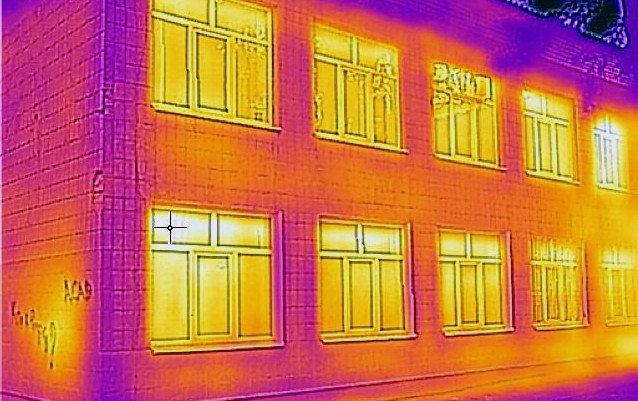

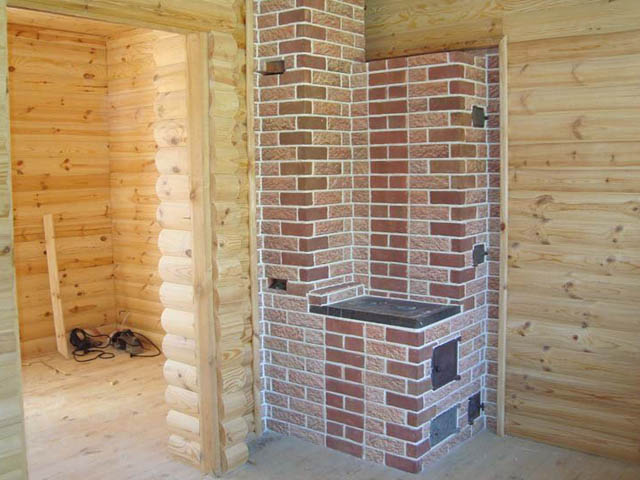
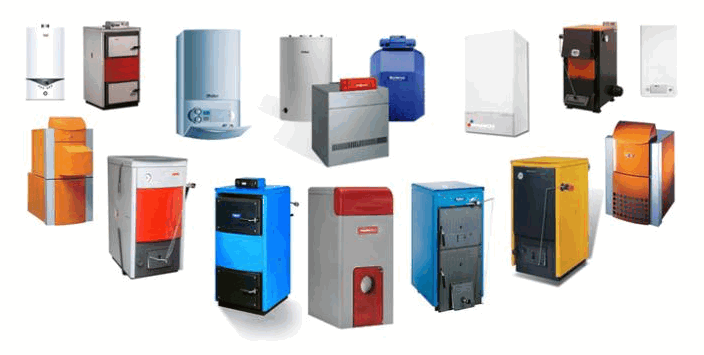
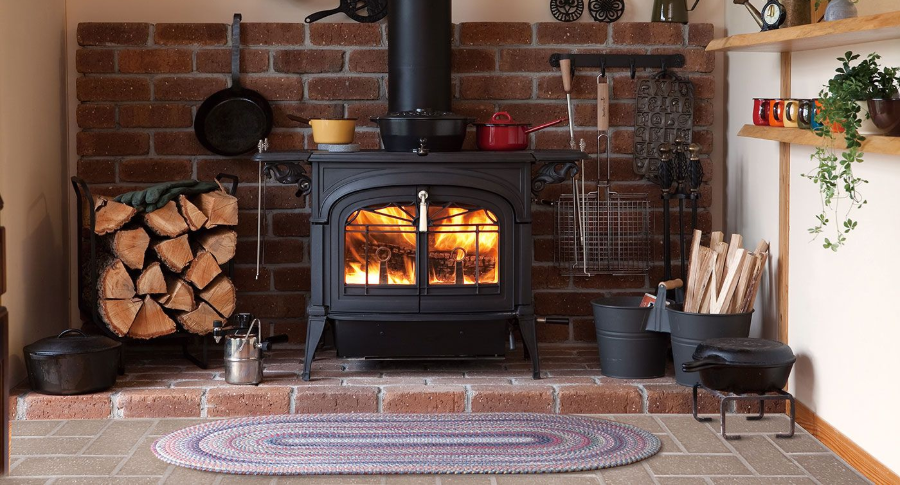
I put the flow extension in an aluminum battery of 20 sections, it warmed up completely. Grandma is happy, and only 3 sections worked like this, the last ones were very cold.
And why an extension cord, why complications. When you can connect a radiator diagonally and that's it.